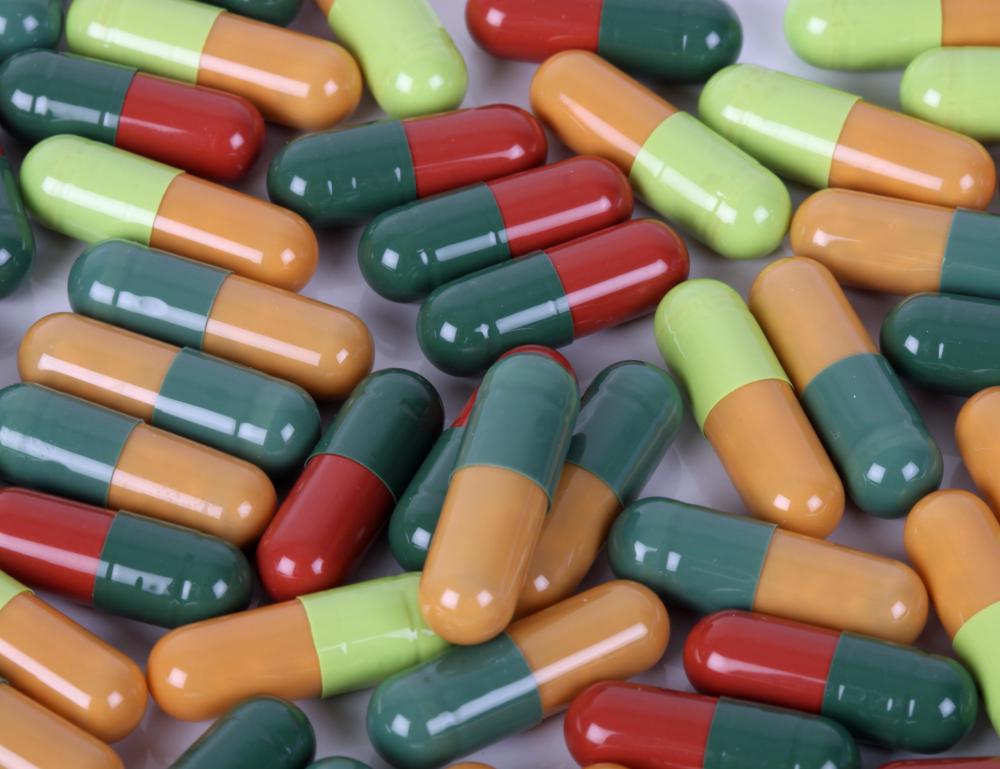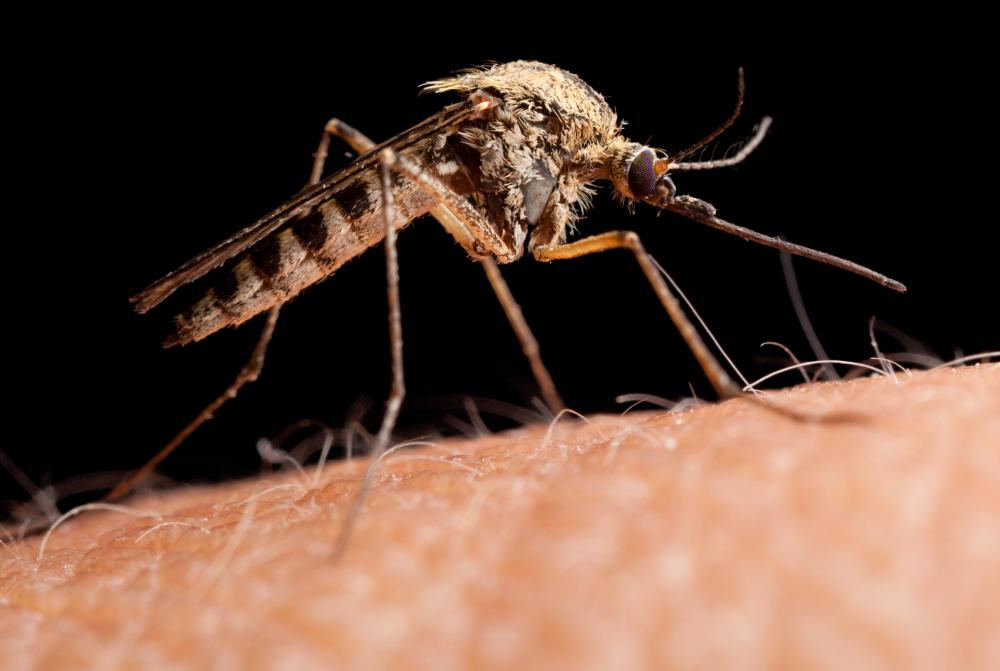At WiseGEEK, we're committed to delivering accurate, trustworthy information. Our expert-authored content is rigorously fact-checked and sourced from credible authorities. Discover how we uphold the highest standards in providing you with reliable knowledge.
What is a Tine Test?
A tine test is a medical test employed to find out whether a person may have been exposed to bacteria responsible for causing tuberculosis. In the past, this test was regularly used to look for the presence of bacteria, but not as the final test to diagnose a current case of tuberculosis. This is due to the fact that a person may test positive without having tuberculosis. Today, the tine test isn’t used very often, as more accurate tests have been developed.
To perform a tine test, a medical professional uses a small instrument with four to six short needles protruding from it to prick the skin. These needles are coated with tuberculosis antigen. An antigen is a substance that causes the body to produce antibodies by provoking the immune system into a response. The needles inject the antigen just beneath the skin of the patient’s forearm. In most cases, the medical professional marks the area to which the test was applied in order to make reading the test results easier.

After receiving the tine test, the patient must wait about two to three days to have the results read. He will then return to the medical facility and allow medical personnel to look at the same area of skin to which the needles were applied. If there is redness and swelling present, this indicates the presence of the bacteria and the needed for further diagnostic testing. The reaction caused by a positive test can be likened to the swelling and firmness of a mosquito bite; negative tests may be a bit red, but the papules are not present.

Abnormal, or positive, tine test results indicate tuberculosis infection. This means the patient has been infected with the bacteria that cause tuberculosis. However, this result does not indicate that the patient has an active infection. Instead it means that he has been exposed and infected at some point, so his body responded to the antigen under his skin. A chest x-ray is necessary to determine whether or not the infection is active.

There’s nothing special a person needs to do before a tine test. However, those with rashes or other forearm skin irritation may opt to have the test performed on other parts of the body. Typically, the test isn’t very painful. Many people note only a minor stinging sensation from the tiny needles. Others may notice minor itching or burning after the test.
AS FEATURED ON:
AS FEATURED ON:


















Discussion Comments
@strawCake - I'm surprised your friends doctor even did the tine test. I know they aren't used as much any more now that there are some newer more accurate tests.
It's a good thing your friend didn't have TB though. It is treatable now but it can still be fatal, especially the antibiotic resistant strains.
A friend of mine went through a whole bunch of problems because of a tine test. She needed to test negative for TB so she could start a nursing program she had been accepted to. She went to her doctor for the test and for whatever reason he opted to do the tine test.
Her test came up positive and she was devastated because she couldn't enter her nursing program. However after doing a little bit of research and seeing how likely a false positive is she asked her doctor to do a blood test. The blood test came up negative and she was able to start school.
@christym- I wanted to clarify that just because you have inactive TB, doesn’t mean that you won’t ever have active TB. If your immune system becomes weakened for any reason, your inactive TB can turn into active TB. For example, a person with inactive TB that contracts HIV has a higher chance of his or her TB becoming active because of their weakening immune system.
@christym- It is true that a person can have either inactive or active tuberculosis. What that means is that when you have active TB, the bacteria in your body are alive and your immune system is weakened and unable to block illness. When an individual has active TB, usually affecting their lungs, they can sneeze, cough, or even spit and others around them have a high chance of becoming affected.
On the other hand, an individual can have TB but the bacteria are not active so it is called inactive TB. It is also known as latent TB. This means that the person’s body was able to fight off the bacteria and avoid the sickness. They do not have the symptoms and while in this inactive phase, cannot spread the disease. They are called TB carriers.
I know that when you think you have been exposed to tuberculosis, you need to have a tine test done. My questions is can you have TB and be inactive? Someone I know was exposed working as a nurse in the ER. However, they said that the man did not have active TB. What does that mean?
Post your comments